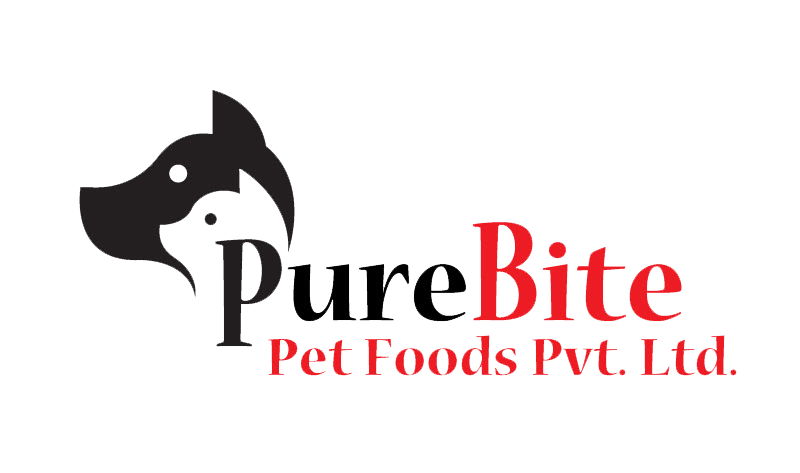Why all 'Kibble' is not bad!
All kibble isn’t ‘bad’ and pet owners who feed kibble aren’t essentially ‘bad pet parents’. There’s alot of shaming online when it comes to what to feed your pet and you should never feel guilty for feeding your pets the way you do.
No two foods are the same, so this idea that every type of kibble food is bad for your pet is simply not the case.
Kiblle may have a budget line, a boutique line, a premium or super premium line and even a prescription line. These diets are all vastly different to each other, and some are better than others. While the budget range may contain a variable recipe, the super premium or prescription ranges must not change their recipes at all without informing customers and generally undergoing another feeding trial. Given these diets are more expensive, the ingredients can be better quality and must never change which means if an ingredient becomes unavailable it cannot be substituted and often this results in the diet being discontinued or entirely reformulated. This is why I don’t say all kibble is bad – it exists on a spectrum as some will be low quality and others will be the best you can get.
As we know certain ingredients work in synergy with others, the formula of the food is also important. Alot of emphasis is often placed on ingredients but as shown before, the ingredients listing doesn’t tell the whole story. What is more important is how the diet has been formulated; who created the recipe? Has it been trialled to show no adverse events? The ingredients are merely vessels to provide nutrition, so while they are helpful they do not tell us the whole story. Think about what your nutritional goals are for your pet, and then look for a formula that contains targeted ingredients and nutrition for that goal. For example, if you want a shinier coat, look for a diet higher in protein and containing essential fatty acids.
Kibbles can be made in many different ways, especially with the rise of new processing styles like cold pressed, freeze dried, air dried, etc. The traditional method of creating kibble diets is cooking and extrusion.
This is another reason no two kibble diets are the same. The processing method has a huge impact on the type of diet you’ll result with, and the nutritional value of them. This isn’t to say that kibble lacks nutritional value, in fact kibble can be highly digestible if well formulated and processed; different processing methods will free some nutrients and lose others. Again, not all will work for every pet and some types of kibbles are better suited than others to specific nutritional needs. Always considering your pet’s needs when selecting a diet, rather than what is a fad or sounds enticing to you.
Kibble diets can be based on marketing or science. Some companies put science at the forefront of their manufacturing by using highly qualified professionals to formulate their diets, conduct extensive research and trials to guarantee the safety and efficacy of their foods, and continue to move with the science as we continue to learn more and more about pet nutrition. Other companies’ main priority is selling a product, and to do that invest huge amounts of money and time into appealing to consumers, see my post about marketing tactics here. I strongly recommend an evidence based approach to pet food and if a company invests more money in promoting their product and following fads than they do actively studying and testing their products, they generally aren’t as high quality as their competitors. This is why the WSAVA guidelines are a great starting point when looking for a diet that follow these vital steps.
In kibble diets, the ingredients often get slammed for being poor quality however this is usually due to a misunderstanding in ingredient definitions and ingredient listings. As I stated above, the formulation and the company’s philosophy is more important when selecting a kibble diet than judging based on an ingredient list.

